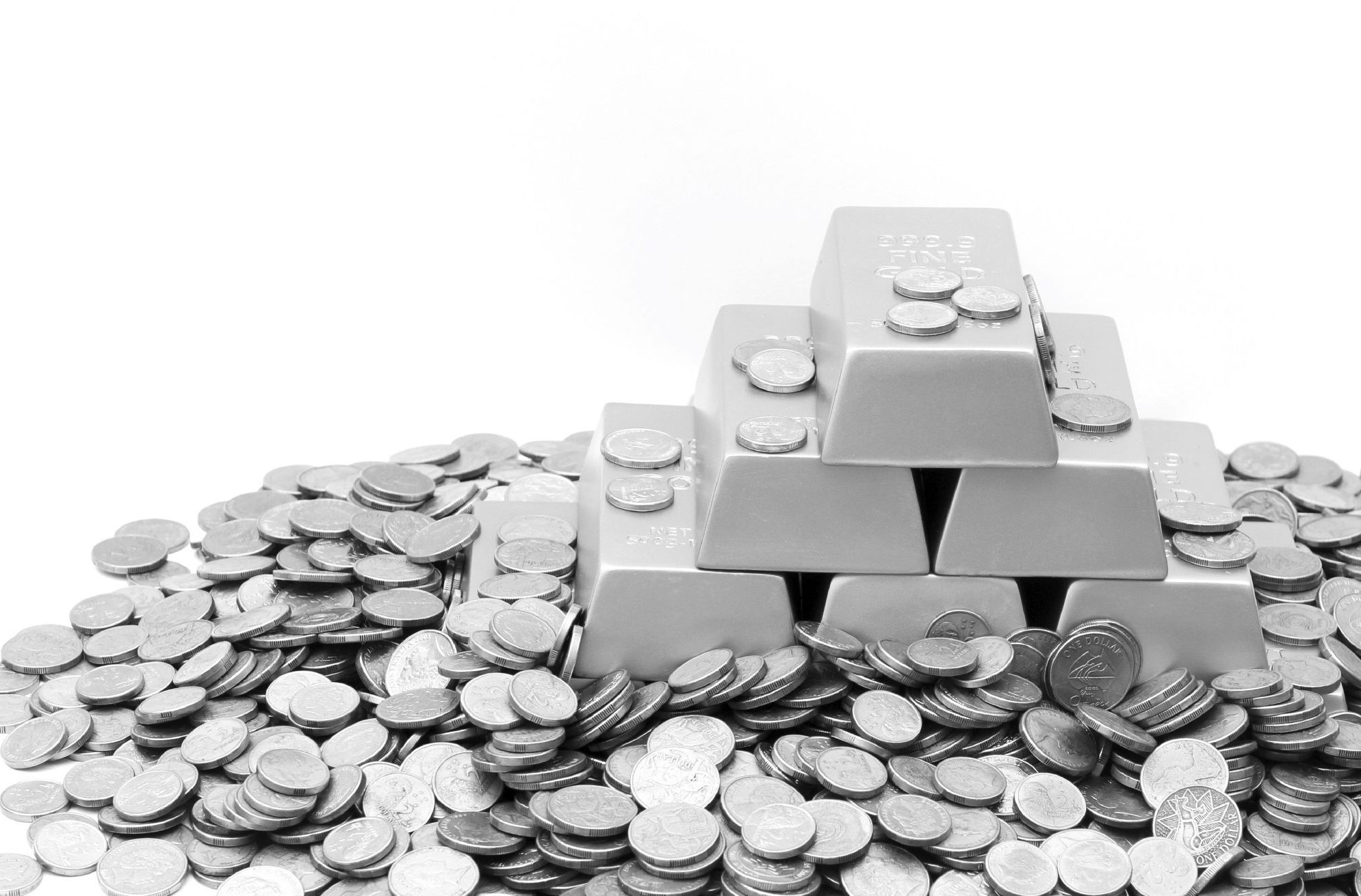The US dollar plunged after Janet Yellen did not talk about Fed monetary tightening and Mario Draghi did not protest 1.19 Euro at the Jackson Hole central banking symposium. This is a green light for the carry trade in emerging market currencies. The Brazil real has benefited from several recent macro tailwinds. Michel Temer has survived bribery charges and the Lower House/Senate will pass political reforms. Moody’s has not downgraded Brazil’s sovereign credit because fiscal reforms will compensate for the wider budget deficit. Standard and Poor’s has actually removed Brazil from credit watch. The Federal Reserve minutes suggest a gradual pace of monetary tightening. The central bank in Brasilia could well cut the Selic rate by 100 basis points at its 6 September monetary conclave. Against these bullish metrics, the Brazil real is hostage to risk off sentiment in global markets, soft commodities, weak tax revenues and weakening of Finance Minister Meirelles’s position in the fiscal target negotiations. The Brazil real could well appreciate to 3.10 by year end 2017.
The latest US Senate sanctions, weakness in oil prices and the collapse of Yugra Bank are all bearish for the Russian rouble. Political risk in Russia is also rising as anti-Kremlin protests occur in the streets of Moscow and St Petersburg while the economy struggles to emerge from recession. I believe the Russian rouble is overvalued against the US dollar at 59 and believe 62-63 is a more credible year end 2017 target.
China’s crackdown on capital flight and overseas acquisitions as well as the $70 billion rise in official currency reserves to above $3 trillion means the offshore yuan (CNH) can well appreciate to 6.58. While the soft US dollar triggered the yuan uptrend in May, President Xi’s desire for political and financial stability ahead of the Communist Party’s National Congress and Politburo makeover this winter will sustain it. This means the offshore yuan could well rise to 6.58 by year end 2017.
The Mexican peso, 17.6 as I write, is also vulnerable to a renegotiation of NAFTA at a time of record long positioning in the peso futures market. In any case, lower petrocurrency revenues for the Hacienda, a deterioration in state budgets and slower economic growth could all contribute to a depreciation of the peso in 2017-18, possibly down to 20 by next summer.
Despite the sordid Gupta brothers scandal that has clouded the legacy of President Jacob Zuma and triggered factional infighting in the African National Congress, the South African rand has benefited from the strong bull markets in gold and platinum. While South African debt offers high real yields, South Africa has pathetic economic growth rates, a 27% unemployment rate and a high current account deficit. When Fed tightening begins and Asian geopolitical tensions ease, the South African rand could well depreciate to 13.40.
The Turkish lira benefits from its high carry nature at a time of spectacular offshore hot money inflows into the Istanbul stock market. However, all is not macro hunky dory on the Bosphorus. High interest rates will hit economic growth. Turkey faces huge geopolitical risks in Syria, Iraq and the Kurdish enclaves in Anatolia. The post-coup attempt crackdown by President Erdogan on alleged Gulenists in the deep state continues. Any spasm of risk aversion can well cause the Turkish lira to depreciate to 3.80 or even lower. The Turkish lira is dependent on the mood swings of global hot money and vulnerable to toxic political currents.
The 10% plunge in Infosys ADR, a sell-off in global equities and a rise in volatility has inhibited the strong appreciation of the Indian rupee (INR), even though it has risen more than 6% against the US dollar in 2017 to date. The Indian rupee’s resurgence in 2017 contrasts with six successive years of depreciation against the greenback. The fall in the US dollar index, weak oil prices, strong inflows into Indian government/corporate debt, a surge in global liquidity, foreign accumulation of Indian equities, structural reforms (the bankruptcy code, GST, bank NPL crisis reform), dramatic improvement in the current account and the Centre’s budget deficit, the fall in inflation to the RBI’s 4% target, the fall in political risk after the BJP won the UP state elections, strong FDI, a dovish Fed and the highest real interest rates in Asia all anchor the rise of the Indian rupee. Central bank intervention has not been a deterrent to its rise despite BJP economic advisor Dr Arvind Subramanian’s warnings on competitiveness. If current macro trends continue, the Indian rupee could well rise to 61 against the US dollar in the next six months.







